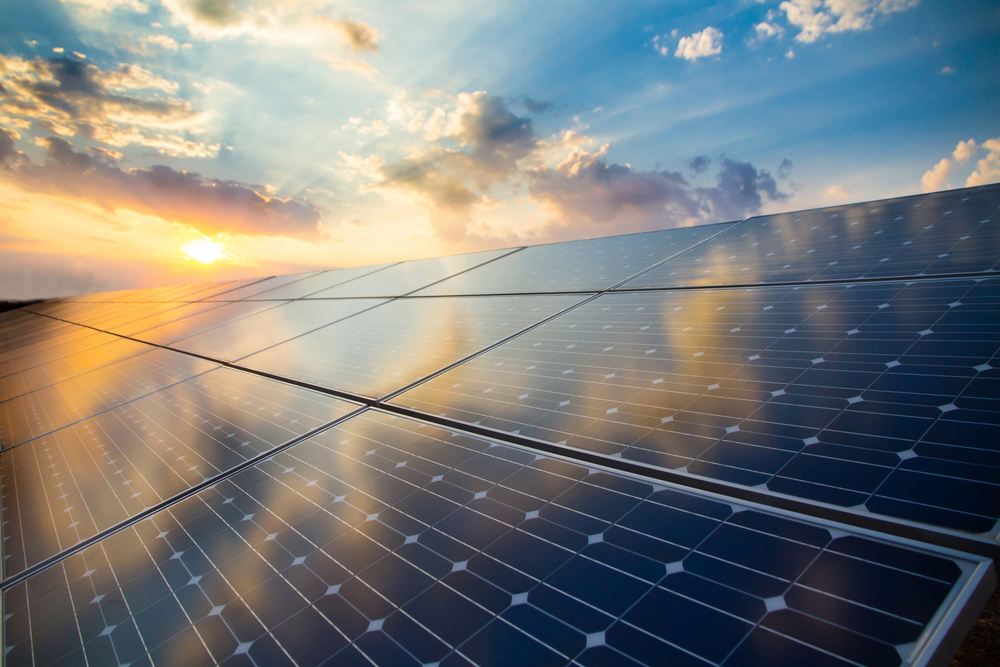Challenges mount up for the mining industry in a de-carbonising world, but there are bright spots too

“The risks for the sector are building. European Steel is facing significant policy uncertainty and higher costs and big mining is threatened by longer-term substitution trends,” writes Deutsche Bank in a lengthy thinkpiece that seeks to provide its clients with some clear insights as to where the metals and commodity markets are headed over the next couple of decades.
The general themes are well enough known: coal is out, batteries are in. Oil and gas are out too, and by extension plastics too, although quite what the substitution solutions for all these products will be remains to be seen. Certainly, the idea that aviation will be powered by anything other than highly synthesised jet fuel at any time in the near future still seems like pie in the sky.
But on the other hand, change is coming at all levels, as anyone who switches on any kind of a device with a newsfeed knows only too well. Major institutions are divesting their portfolios of the big oil, and even stalwarts of the mining sector like Glencore (LON:GLEN) get very touchy about any wayward reference to their coal, and their plans for their coal production.
The top coal producing countries are China, India, the US and Australia. As it stands, Australia looks most vulnerable to the pressures of the green lobby, followed not far behind by the US, the latter depending on part whether the pro-coal President Trump gets re-elected in November. In terms of Australia, though, that means in particular Rio Tinto (LON:RIO) and BHP (LON:BHP), which produce much of the countrys output. In the US local coal champions like Peabody Energy (NYSE:BTU), and Arch Resources (NYSE:ARCH) look most vulnerable, although the privately-held Navajo Transitional Energy Company, which recently bought Cloud Peak Energy, might be less on the block due to its substantial ownership by what in South Africa is termed historically-disadvantaged minorities.
Note that none of these companies has the word “coal” in its name, and that the number of companies worldwide that do is decreasing by the day.
Whether or not any of this is helpful to those looking to take long-term investment decisions is moot.
That uncertainty perhaps provides some of the explanation for the spectacular rise and rise of Tesla (NASDAQ:TSLA). A strong performance from Tesla was perhaps inevitable once production really began to gain momentum, given the charismatic nature of its chief executive Elon Musk, a man who seems to have emerged straight out of sci-fi central casting. But its also a clear way to bet on a green but simultaneously industrial future, in a way that most other companies are not.
Yes, Deutsche Bank favours Anglo American (LON:AAL), Rio and Boliden (STO:BOL) as companies that are likely to benefit from supplying the commodities which will underpin the new greener world. But none of these are pureplay options on the future, given the current generations propensity to rake up the past, and in that context Anglo Americans associations with apartheid, Bolidens association with a major tailings spill in Spain, and Rios long-standing spoliation of landscapes going back more than a hundred of years.
Tesla, unlike BMW and Toyota, both of which it passed recently in terms of market capitalisation, has both feet in the future. BMWs plans to ramp up electric vehicle production look well and good on paper, but as yet theres been no real delivery.
How long Tesla will remain flavour of the month remains open to question, though. Musk famously upset US liberals with his combative approach to the coronavirus consensus. But more than that the question of the companys valuation is breeding wider uncertainty in the market. Is that multiple of nearly 150 times earnings really justified, and if it narrows, how bad will the come down be?
If the market does turn bearish, there is plenty of narrative to go against Tesla, and indeed, against all other EV producers. How carbon intensive is the production of such vehicles? Tesla recently signed a highly publicised deal with Glencore to supply it with cobalt for its batteries. You can bet that that cobalt will be mined using diesel-powered trucks, and the likelihood that the plant to process the metals will ultimately be powered by fossil fuels is high too.
So investors who want to position themselves for the green revolution must be very choosy indeed. Copper is probably the metal of the future, given how much wiring will be used in all the new electric vehicles. Glencore wants to position itself as a key player here, but as weve seen, it has encumbrances. Purer copper plays like Asiamet (Read More – Source
[contf]
[contfnew]

Proactiveinvestors
[contfnewc]
[contfnewc]




